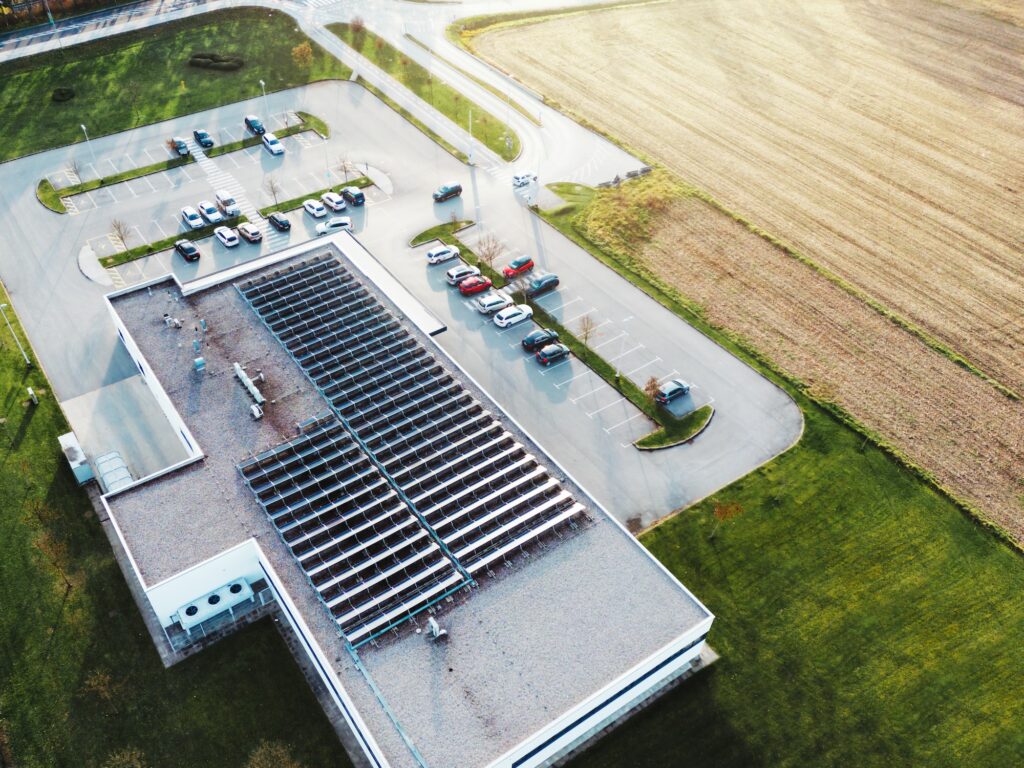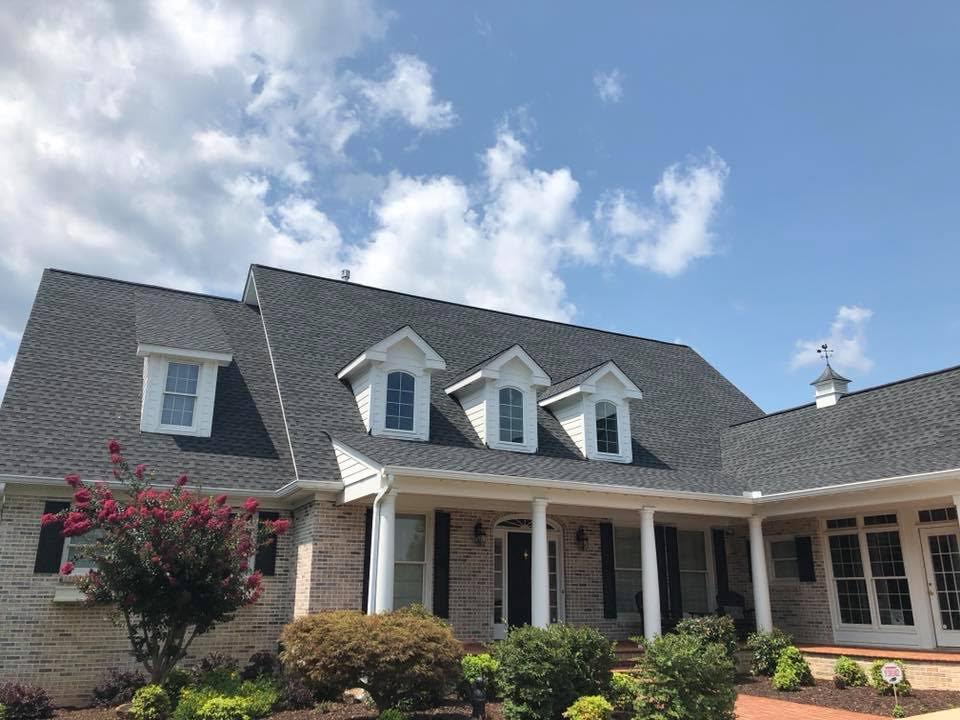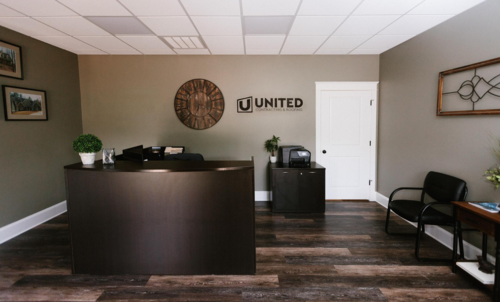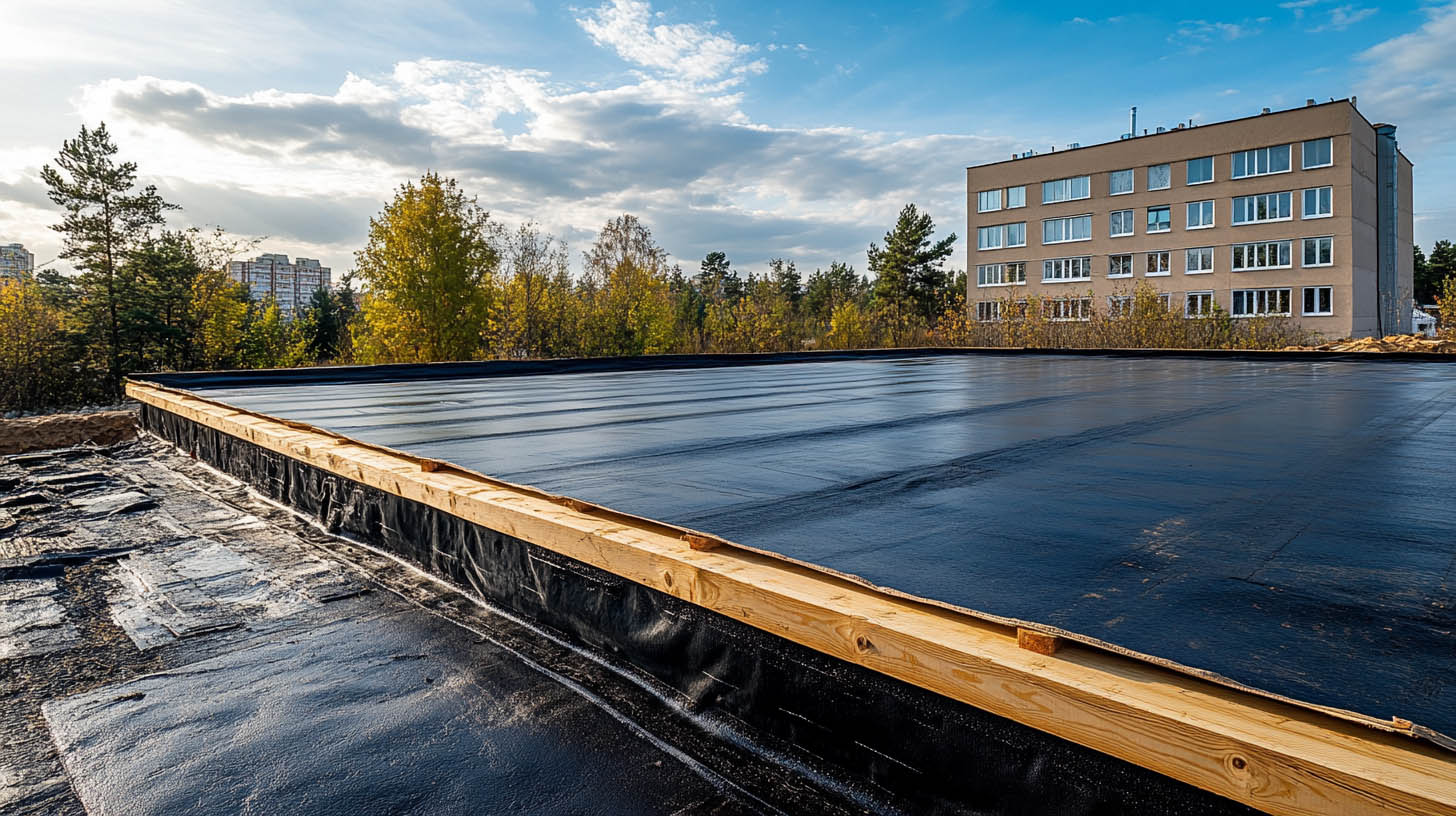Having a roof warranty for roofs less than 15 years old is common, but knowing how to utilize that warranty effectively is crucial. At United Contracting & Roofing LLC, we ensure you get the most out of your roof warranty by following the correct procedures.
Understanding Your Roof Warranty
A roof warranty provides coverage for specific types of roof failures, but utilizing it correctly involves understanding the terms and conditions. Knowing how to request warranty work and ensuring proper maintenance can help you avoid unnecessary costs. Carefully review the warranty documentation to understand what is covered and what is not, and adhere to any maintenance requirements outlined by the manufacturer. Keep detailed records of all maintenance and inspections, and contact the manufacturer or installing contractor promptly if an issue arises. Properly following these steps can maximize the benefits of your roof warranty and ensure your roof remains in good condition.
Steps to Utilize Your Roof Warranty
1. Have Your Warranty Documents Ready
Before requesting warranty work, ensure you have the following information readily available:
- Building information, including address and unit/tenant
- On-site point of contact
- Description of the leak
- Building warranty number
These details are essential for accurately dispatching a service request.
2. Define Your Preferred Contractor
Most manufacturers default to the original installing contractor for warranty-related repairs. However, if you’ve changed servicing contractors, you can request a different certified contractor. The building owner must make this request, not the contractor. It’s important for the building owner to communicate directly with the manufacturer to ensure that the new contractor is approved and certified to perform warranty work. This ensures that all repairs are carried out according to the manufacturer’s standards, maintaining the integrity of the warranty and ensuring high-quality repairs.
3. Understand Warranty Exclusions
Not all repairs are covered under your warranty. Common exclusions include:
- Punctures caused by foot traffic, falling debris, or other objects
- Issues with walls or brickwork not covered by the membrane warranty
- Sealants, which typically last 3-7 years
- Metal components, as warranties often end at the membrane’s termination point
- Fasteners, which move with weather and stress and require regular inspection
Understanding these exclusions helps set realistic expectations and ensures proper maintenance.
4. Provide Documentation
Manufacturers may require documentation of regular inspections to validate warranty claims. Keep records of annual inspections to ensure compliance with warranty conditions. Detailed records should include the date of inspection, findings, and any maintenance or repairs performed. This documentation not only helps in maintaining the warranty but also provides a clear history of the roof’s condition, making it easier to address any issues promptly. Ensuring that these inspections are conducted by certified professionals can further strengthen the validity of the warranty claims and contribute to the longevity and performance of the roofing system.
Conclusion
Maximizing your roof warranty involves understanding the terms, preparing necessary documentation, and conducting regular maintenance. By following these steps, you can ensure your roof remains in good condition and covered under the manufacturer’s warranty. United Contracting & Roofing LLC is here to assist you with expert advice and services to keep your roof performing optimally.For more details on Creating an Effective Flat Roof Maintenance Program, click here.








